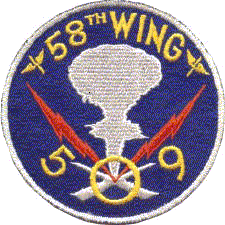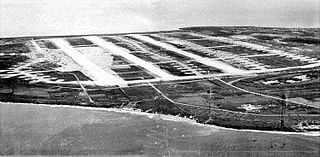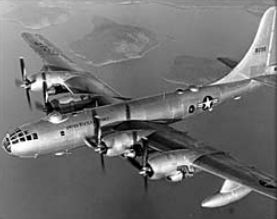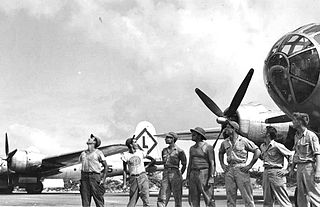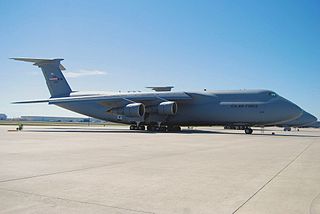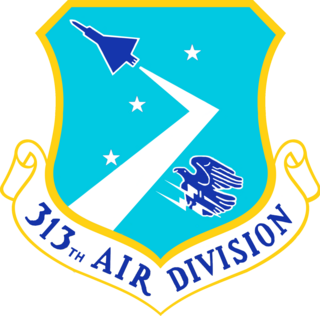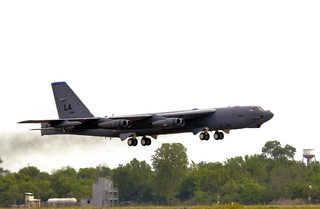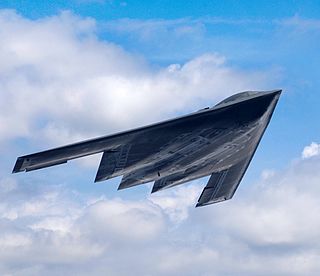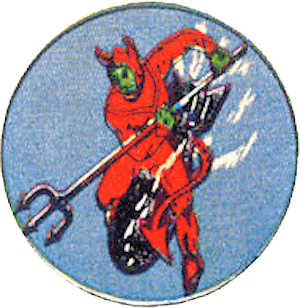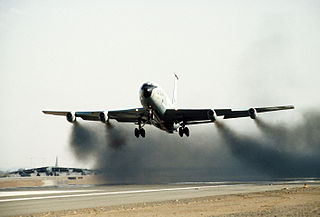This article's lead section does not adequately summarize key points of its contents.(September 2018) |
| 393d Bomb Squadron | |
|---|---|
 393d Bomb Squadron B-2 Spirit on approach for landing [note 1] | |
| Active | 1944–1990; 1993–present |
| Country | |
| Branch | |
| Role | Strategic Bombing |
| Part of | Air Force Global Strike Command |
| Garrison/HQ | Whiteman Air Force Base |
| Engagements | World War II Kosovo War Global War on Terrorism [1] |
| Decorations | Air Force Outstanding Unit Award with Combat "V" Device Air Force Meritorious Unit Award Air Force Outstanding Unit Award Republic of Vietnam Gallantry Cross with Palm [1] |
| Insignia | |
| 393d Bomb Squadron emblem (approved 15 July 1957) [1] |  |
| 393d Bombardment Squadron emblem (approved 19 December 1944) [2] [3] |  |

The 393d Bomb Squadron is part of the 509th Bomb Wing at Whiteman Air Force Base, Missouri. It operates Northrop Grumman B-2 Spirit nuclear-capable strategic bomber aircraft.

The 509th Bomb Wing is a United States Air Force unit assigned to the Air Force Global Strike Command, Eighth Air Force. It is stationed at Whiteman Air Force Base, Missouri.

Whiteman Air Force Base (AFB) is a United States Air Force base located approximately 2 miles (3.2 km) south of Knob Noster, MO; 10 miles (16 km) east of Warrensburg, MO, and 70 miles (110 km) east-southeast of Kansas City.

The NorthropB-2 Spirit, also known as the Stealth Bomber, is an American heavy strategic bomber, featuring low observable stealth technology designed for penetrating dense anti-aircraft defenses; it is a flying wing design with a crew of two. The bomber can deploy both conventional and thermonuclear weapons, such as eighty 500 lb (230 kg)-class JDAM Global Positioning System-guided bombs, or sixteen 2,400 lb (1,100 kg) B83 nuclear bombs. The B-2 is the only acknowledged aircraft that can carry large air-to-surface standoff weapons in a stealth configuration.
Contents
- History
- 509th Composite Group
- Strategic Air Command
- Operations and decorations
- Lineage
- Assignments
- Stations
- Aircraft
- See also
- References
- Notes
- Bibliography
The 393d Bombardment Squadron is the only United States Air Force squadron to carry out a nuclear attack on an enemy in combat. During World War II, its aircraft attacked Hiroshima on 6 August 1945 and Nagasaki, Japan 9 August 1945 with atomic bombs.

Hiroshima is the capital of Hiroshima Prefecture and the largest city in the Chūgoku region of western Honshu, the largest island of Japan. Hiroshima gained city status on April 1, 1889. On April 1, 1980, Hiroshima became a designated city. As of August 2016, the city had an estimated population of 1,196,274. The gross domestic product (GDP) in Greater Hiroshima, Hiroshima Urban Employment Area, was US$61.3 billion as of 2010. Kazumi Matsui has been the city's mayor since April 2011.

Nagasaki is the capital and the largest city of Nagasaki Prefecture on the island of Kyushu in Japan. The city's name, 長崎, means "long cape" in Japanese. Nagasaki became a centre of colonial Portuguese and Dutch influence in the 16th through 19th centuries, and the Hidden Christian Sites in the Nagasaki Region have been recognized and included in the UNESCO World Heritage List. Part of Nagasaki was home to a major Imperial Japanese Navy base during the First Sino-Japanese War and Russo-Japanese War.


